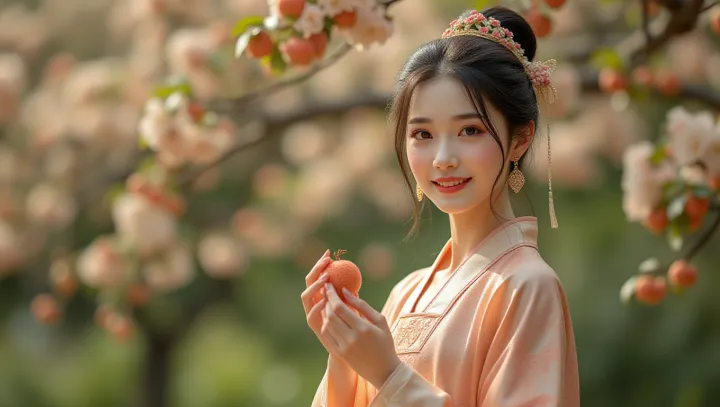Lychee's Allure in History and Culture

In the sun-drenched orchards of southern China, the lychee fruit—an emblem of exotic appeal—grows in abundance. Known scientifically as 'Litchi chinensis', this perennial presence in both local markets and high gourmet circles sheds light on its indispensable role throughout history. Historically, lychee's renown reaches back over a millennium.
During the Tang Dynasty, it was famously associated with Yang Guifei, one of the Four Beauties of ancient China, whose alleged fondness for the fruit inspired logistical marvels to transport fresh lychees from Guangdong to the capital. This historical anecdote underscores its esteemed status and symbolic ties to imperial opulence. Today, the lychee continues to captivate with its succulent sweetness and floral overtones, prompting a loyal following among culinary aficionados worldwide.
Research from the University of California underscores its nutritional benefits, rich in Vitamin C and antioxidants, propelling it not just as a fruit, but a beacon of health and vitality. The cultural allure of lychee manifests in its frequent appearance in festivals and as a motif in art and literature. Its vibrant, juxtaposed red exterior and translucent flesh have inspired artistic interpretations, symbolizing love and passion.
As global palates evolve, the lychee's exotic flavor bridges cultural divides, inviting more to savor its luscious legacy.
